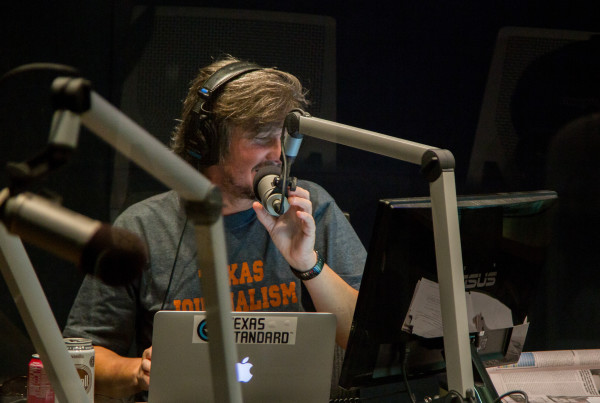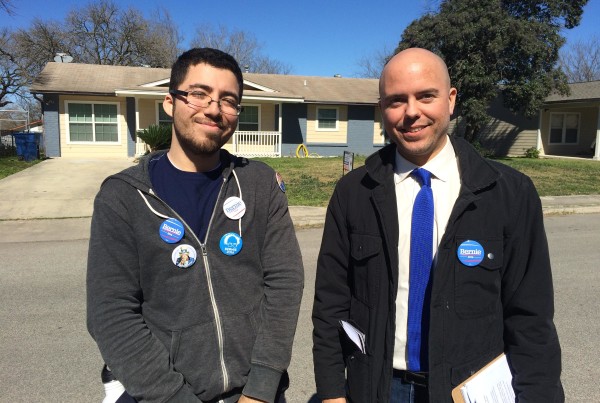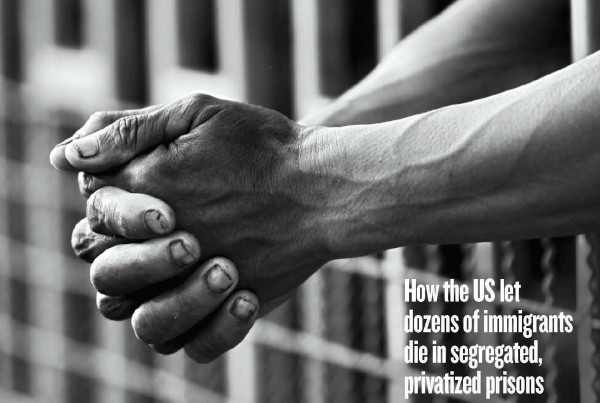This story originally appeared on KERA News.
In case you didn’t know, Fair Park in Dallas is a National Historic Landmark. It’s known for its Depression-era art and Art Deco architecture. But despite its charms, Dallas businessman Walt Humann said people still see Fair Park in a negative light. At a recent public forum at the fairgrounds, he described four misconceptions:
“That it’s dangerous and unsafe, that it’s hard to get to and inaccessible, that it’s dirty, and finally, that all it is is the State Fair of Texas and two or three games at the Cotton Bowl,” Humann said.
Humann is a prominent public works consultant and was brought on by Mayor Mike Rawlings in 2013 to study the recommendations made by his Fair Park Task Force. Humann concluded that the park was at a crossroads, but that he had a simple solution for turning things around.
“Let’s put the financial, the management and the marketing resources into Fair Park, get people’s opinions and ideas and really develop this into one of the top parks in the world,” he said.
Most people would agree that’s easier said than done. For decades, preservationists, nonprofits, residents and city officials have gone back and forth on how to transform the park into something that people can visit throughout the year and is also beneficial to surrounding neighborhoods. The first thing the task force suggested was to put an actual park in the park, said Don Williams, who is the CEO of Trammell Crow, a real estate company in Dallas.
“We have 10 acres of park out here and 200 acres of parking,” Williams said.
Many Fair Park advocates want to tear down fences and convert the massive slabs of parking into open green space for people to gather – something like Klyde Warren Park. Some suggest converting the buildings into a school or a shared office space for startups. Others suggest reorganizing the layout of the State Fair of Texas so that small businesses can set up shop inside the buildings continually.
To accomplish some of these goals, the Fair Park Task Force proposed establishing a nonprofit, which would oversee park planning and development. Some Dallas City Council members are hesitant to turn the park over to a nonprofit –wary of hefty investment and lack of control. Williams said a nonprofit is a proven option.
“All great parks around the world are governed that way: New York Central Park, Millennium Park, Klyde Warren Park here in Dallas, Balboa Park, on and on and on,” Williams said, “So I think that’s been one of the obstacles of why we’ve really not been able to revitalize the park and the surrounding neighborhoods, which as you know, are among the most blighted in Dallas.”
Recent Census data shows neighborhoods around Fair Park are among the poorest in Dallas – one neighborhood has an annual median household income of just $17,000 dollars. Experts say what happens at Fair Park will determine what happens to South Dallas and the people who live there. And those people want a say.
“There are people in the community who have ideas,” said South Dallas resident Tammy Johnston, at the recent public forum.
“Why can’t we utilize those parking spaces and those vacant lots to serve our community?” asked Anthony Anderson, a local pastor.
“I just want to make sure that we pay attention to the community and the residents and make sure they’re involved,” said LaSheryl Walker, who works at St. Phillips School and Community Center in Dallas.
And finally, another resident asked a key question: “Whose Fair Park is Fair Park?”
Balancing the numerous interests – from the developers and investors to the city – will be tough. Don’t leave the residents out of the equation, said Vicki Meek, director of the South Dallas Cultural Center.
“I think there are lots of ways of allowing this park to be an economic engine for the area and not to displace the people who live here or to discredit the people who live here,” said Meek to a cheering crowd. “You have the opportunity to have things happening that’s significant for this neighborhood.”
Meek said residents around Fair Park ultimately don’t want to be edged out of the conversation or out of the neighborhood.















